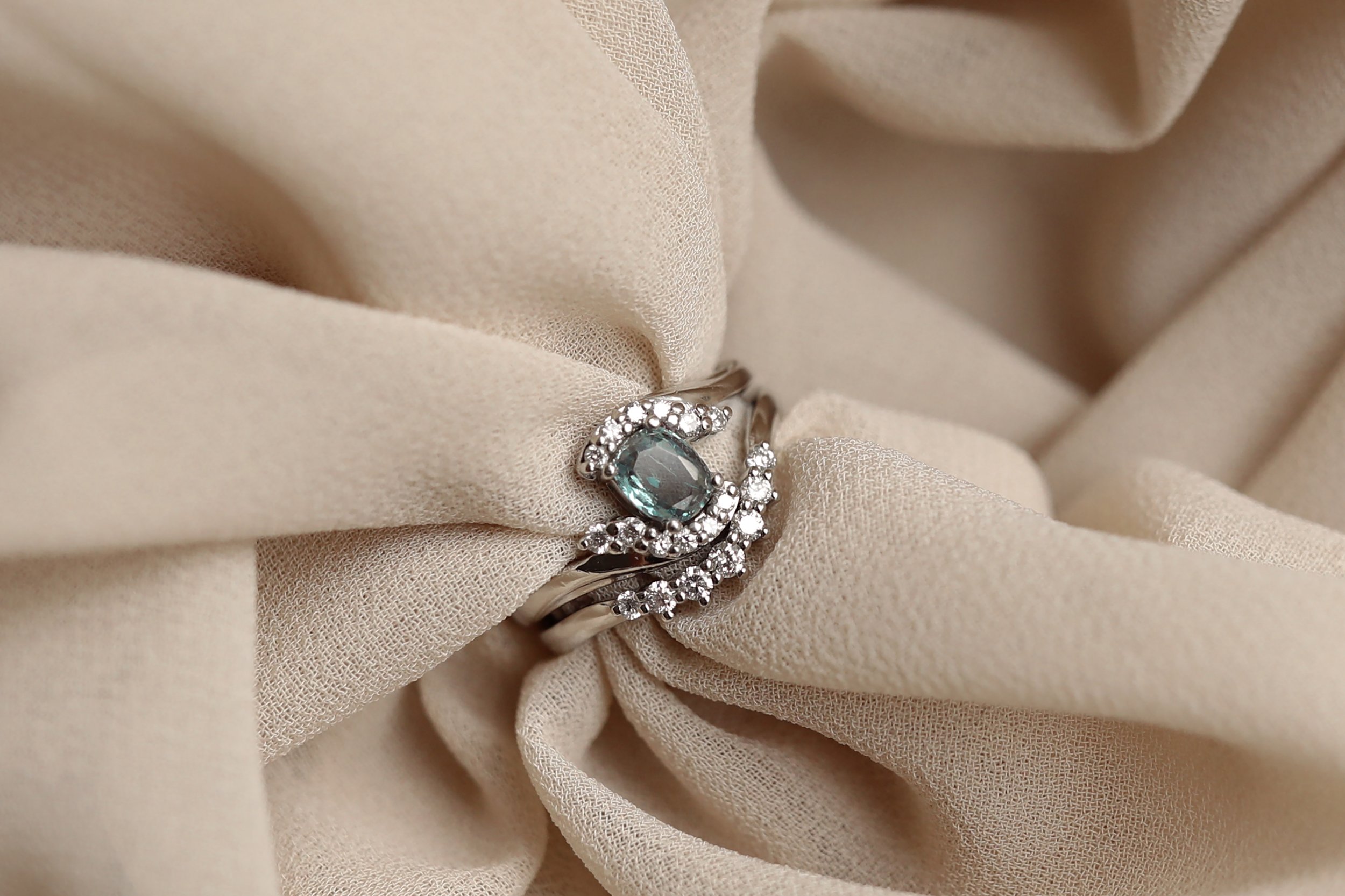Creating bespoke custom engagement rings involves a detailed process that combines artistry, craftsmanship, and personal touches. This journey from concept to finished product requires several steps, each crucial in bringing a unique ring to life. Here’s a guide to the process of making bespoke custom engagement rings in Melbourne, breaking down the steps involved in crafting these special pieces of jewelry.
Step 1: Initial Consultation and Design
The process begins with a consultation between the client and the jeweler. During this meeting, the client shares their ideas, preferences, and any inspirations they have for the ring. The jeweler listens carefully and offers suggestions based on their expertise.
Together, they discuss the overall style of the ring, the type of metal to be used, and the choice of gemstones. The jeweler might sketch some initial designs or show examples of similar rings they’ve made. This collaborative process helps to refine the concept and ensure that the final design will meet the client’s expectations.
Step 2: Creating the Design
After the initial consultation, the jeweler works on creating a detailed design of the ring. This often involves making computer-aided design (CAD) drawings or hand-sketched illustrations. These designs show how the ring will look from different angles and provide details about its dimensions.
The jeweler may also create a 3D model of the ring using special software. This allows the client to see a very realistic representation of how the finished ring will look. The client can request changes at this stage, and the design is adjusted until it’s perfect.
Step 3: Choosing and Sourcing Materials
Once the design is finalized, the jeweler sources the materials needed to create the ring. This includes the metal for the band (such as gold, platinum, or palladium) and any gemstones that will be used. If the client wants a specific stone, like a particular diamond or a rare gemstone, the jeweler might work with specialized suppliers to find the perfect one.
The quality and origin of the materials are carefully considered. Many clients prefer ethically sourced gemstones and recycled metals, which the jeweler can help to provide. This step ensures that all components of the ring meet the client’s standards for quality and ethics.
Step 4: Crafting the Ring
With the design approved and materials in hand, the jeweler begins the process of actually making the ring. This often starts with creating a wax or metal model of the ring. This model helps to ensure that the proportions and details of the design work well in three dimensions.
Next, the jeweler casts the ring in the chosen metal. This involves melting the metal and pouring it into a mold created from the model. Once the basic form of the ring is cast, the jeweler carefully refines it, smoothing edges and adding details by hand.
Step 5: Setting the Stones and Finishing
The final steps in creating the ring involve setting any gemstones and applying the finishing touches. Setting the stones requires great skill and precision to ensure they are secure and properly displayed. The jeweler carefully places each stone in its designated spot in the ring.
After the stones are set, the jeweler gives the ring its final polish. This might include adding special finishes like engraving or milgrain details. The ring is then thoroughly cleaned and inspected to ensure it meets the highest standards of quality and matches the original design.
Throughout this process, many jewelers provide updates to the client, sometimes sharing photos or videos of the ring as it’s being made. This keeps the client involved and builds excitement for the finished piece. The result is a unique, high-quality engagement ring that tells a personal story and is meant to be treasured for a lifetime.
Keep an eye for more latest news & updates on Internal Insider!










